Intended Use
Potato Dextrose Agar (DM215H) is recommended for the cultivation of yeasts & moulds from pharmaceutical products using the microbial limit testing in compliance with the harmonized methodology of USP/EP/BP/JP.
Product Summary and Explanation
A mold is a fungus that grows in the form of multicellular filaments called hyphae. Molds are a large and taxonomically diverse number of fungal species where the growth of hyphae results in discoloration and a fuzzy appearance, especially on food. In contrast, fungi that can adopt a single celled growth habit are called yeasts. Yeasts are unicellular, eukaryotic, budding cells that are generally round-to-oval or elongate in shape. They multiply principally by the production of blastoconidia (buds). Yeast colonies are moist and creamy or glabrous to membranous in texture. Yeasts are considered opportunistic pathogens.(1) Yeast and moulds constitute a large and divergent group of microorganisms consisting of several thousand species can cause various degrees of food decomposition. Invasion and growth may occur on virtually any type of food if environmental conditions are not limiting. Some foodborne yeasts and moulds are undesirable because of potential hazards to human and animal health.(2)
Potato Dextrose Agar is recommended by the American Public Health Association for plate counts of yeasts and molds in the examination of foods and dairy products.(3,4) It is prepared in accordance with the harmonized methodology of USP/EP/BP/JP(5,6,7,8) is recommended for microbial limit tests in pharmaceutical testing. It is also used for stimulating sporulation, for maintaining stock cultures of certain dermatophytes and for differentiation of typical varieties of dermatophytes on the basis of pigment production.(9)
Principles of the Procedure
Potato Dextrose Agar contains potato starch and dextrose which supports luxuriant growth of fungi. Lowering of the pH of the medium to approximately 3.5 with sterile tartaric acid achieves the inhibition of bacterial growth. It is important, however, to avoid heating the medium after it has been acidified because this action results in the hydrolysis of the agar and impairs its ability to solidify.
Formula / Liter
| Ingredients | : Gms / Litre |
| Infusion from potatoes | : 200.00 |
| Dextrose | : 20.00 |
| Agar | : 15.00 |
| Final pH: 5.6 ± 0.2 at 25°C | |
| Formula may be adjusted and/or supplemented as required to meet performance specifications | |
Precautions
1. For Laboratory Use only.
2. IRRITANT. Irritating to eyes, respiratory system, and skin.
Directions
1. Suspend 39 grams of the medium in one liter of purified water.
2. Heat to boiling to dissolve the medium completely.
3. Autoclave at 121°C (15 lbs pressure) for 15 minutes/validated cycle. Mix well before dispensing.
4. In specific work, when pH 3.5 is required, acidify the medium with sterile 10% tartaric acid.
5. The amount of acid required for 100 ml. of sterile, cooled medium is approximately 1 ml.
6. Do not heat the medium after addition of the acid.
Quality Control Specifications
| Dehydrated Appearance | : Cream to yellow homogeneous free flowing powder |
| Prepared Medium | : Light amber coloured clear to slightly opalescent gel forms in Petri plates |
| Reaction of 3.9% Solution | : pH 5.6 + 0.2 at 25°C |
| Gel Strength | : Firm, comparable with 1.5% Agar gel |
Growth Promotion Test
Growth Promotion was carried out in accordance with the harmonized method of USP/EP/BP/JP, and growth was observed at 20-25°C for specified time. Recovery rate is considered as 100% for fungus growth on Sabouraud Dextrose Agar.
Growth Promoting Properties
Growth of microorganism comparable to that previously obtained with previously tested and approved lot of medium occurs at the specified temperature for not more than the shortest period of time specified inoculating <= 100 cfu.
Expected Cultural Response: Cultural characteristics observed after incubation at 20-25°C for 2-5 days. Recovery rate is considered as 100% for fungus growth on Sabouraud Dextrose Agar.
| Sr. No. |
Organisms | Results to be achieved | ||||
| Inoculum (CFU) |
Growth | Observed Lot Value (CFU) |
Recovery | Incubation Time & Temp. |
||
| 1. | Aspergillus brasiliensis ATCC 16404 |
50-100 | luxuriant | 25-100 | >=50% | 20-25°C 5-7 days |
| 2. | Candida albicans ATCC 10231 |
50-100 | luxuriant | 35-100 | >=70% | 20-25°C 2-3 days |
| 3. | Saccharomyces cerevisiae ATCC 9763 |
50-100 | luxuriant | 35-100 | >=70% | 30-35°C 2-5 days |
| 4. | Rhodotorula mucilaginosa DSM 70403 |
—- | luxuriant | —- | —- | 20-25°C 3-5 days |
| 5. | Geotrichum candidum DSM 1240 |
—- | good- luxuriant |
—- | —- | 25-30°C 3-5 days |
| 6. | Penicillium communae ATCC 10248 |
—- | fair-good | —- | —- | 25-30°C 3-5 days |
| 7. | Trichophyton ajelloi ATCC 28454 |
—- | fair-good | —- | —- | 25-30°C 3-7 days |
The organisms listed are the minimum that should be used for quality control testing.
Test Procedure
Refer to appropriate references for a complete discussion on the isolation and identification of yeast and molds.
Results
Refer to appropriate references and standard test procedures for interpretation of results.
Storage
Store the sealed bottle containing the dehydrated medium at 10 – 30°C. Once opened and recapped, place container in a low humidity environment at the same storage temperature. Protect from moisture and light.
Expiration
Refer to the expiration date stamped on the container. The dehydrated medium should be discarded if not free flowing, or if the appearance has changed from the original color. Expiry applies to medium in its intact container when stored as directed.
Limitations of the Procedure
1. For identification, organisms must be in pure culture. Morphological, biochemical and/or serological tests should be performed for final identification.
2. Consult appropriate texts for detailed information and recommended procedures.






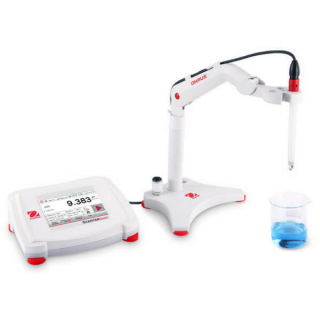

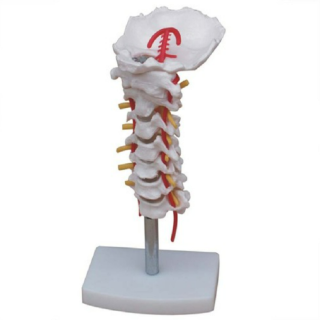

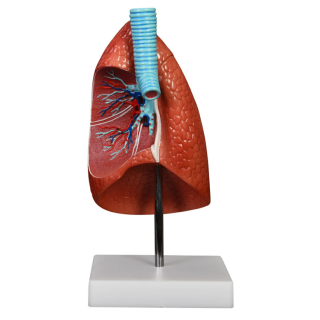
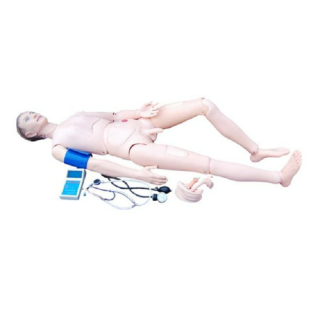
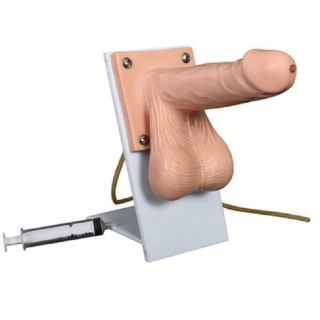
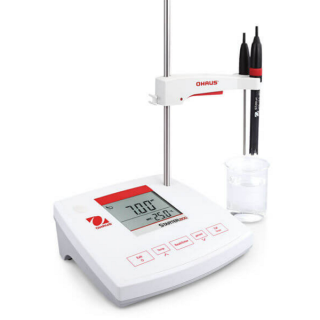
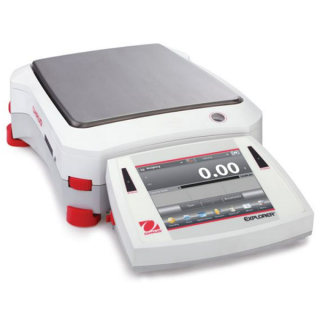

Reviews
There are no reviews yet.